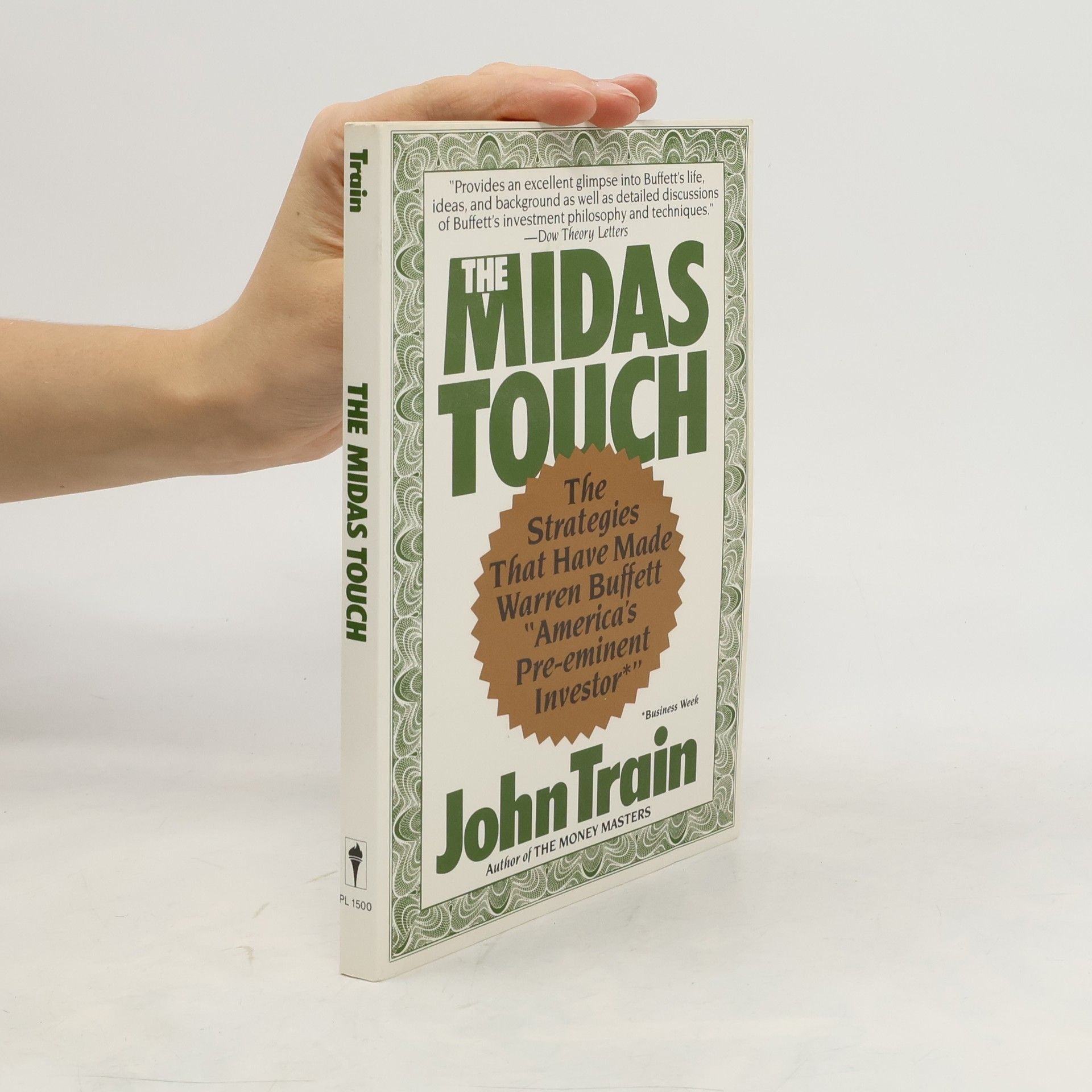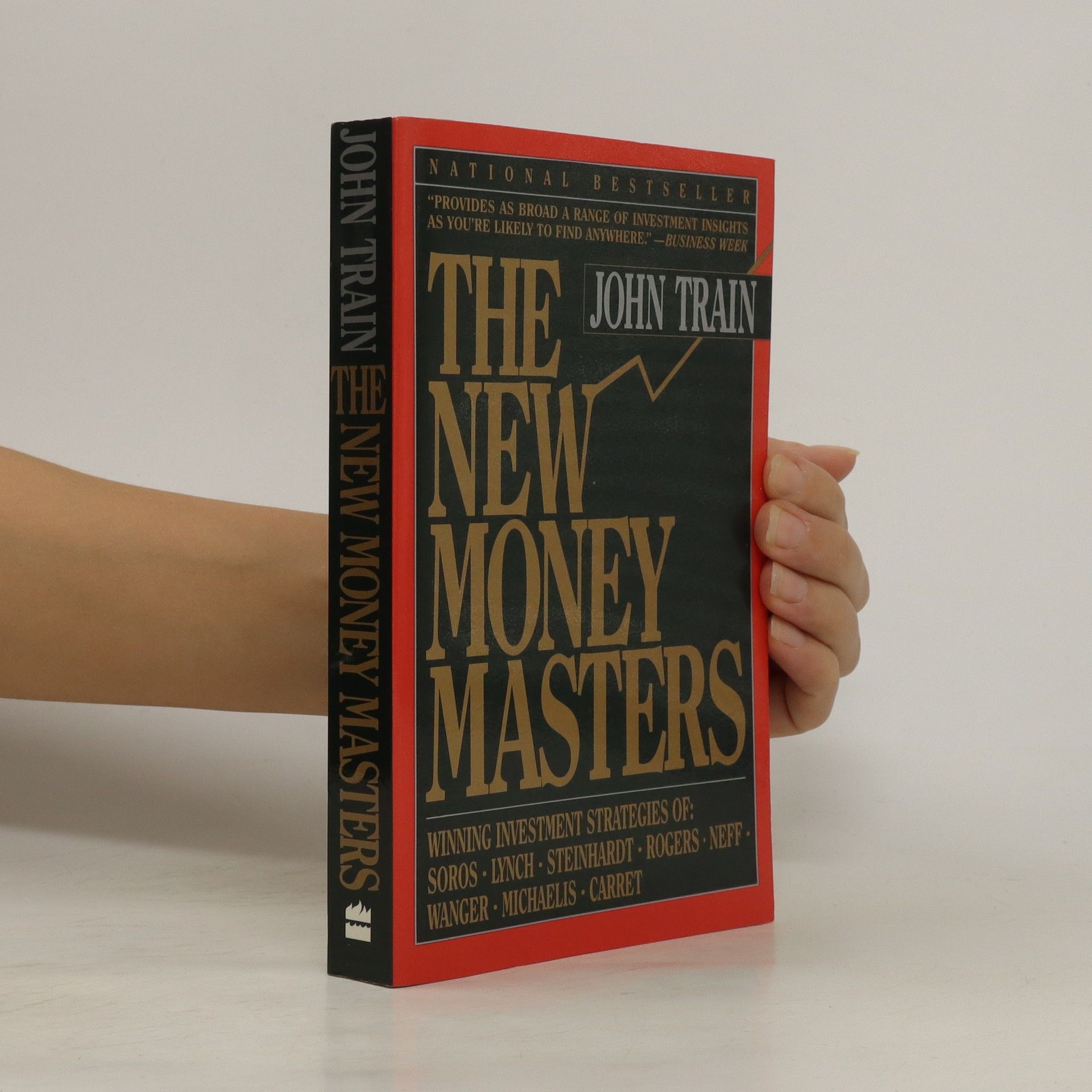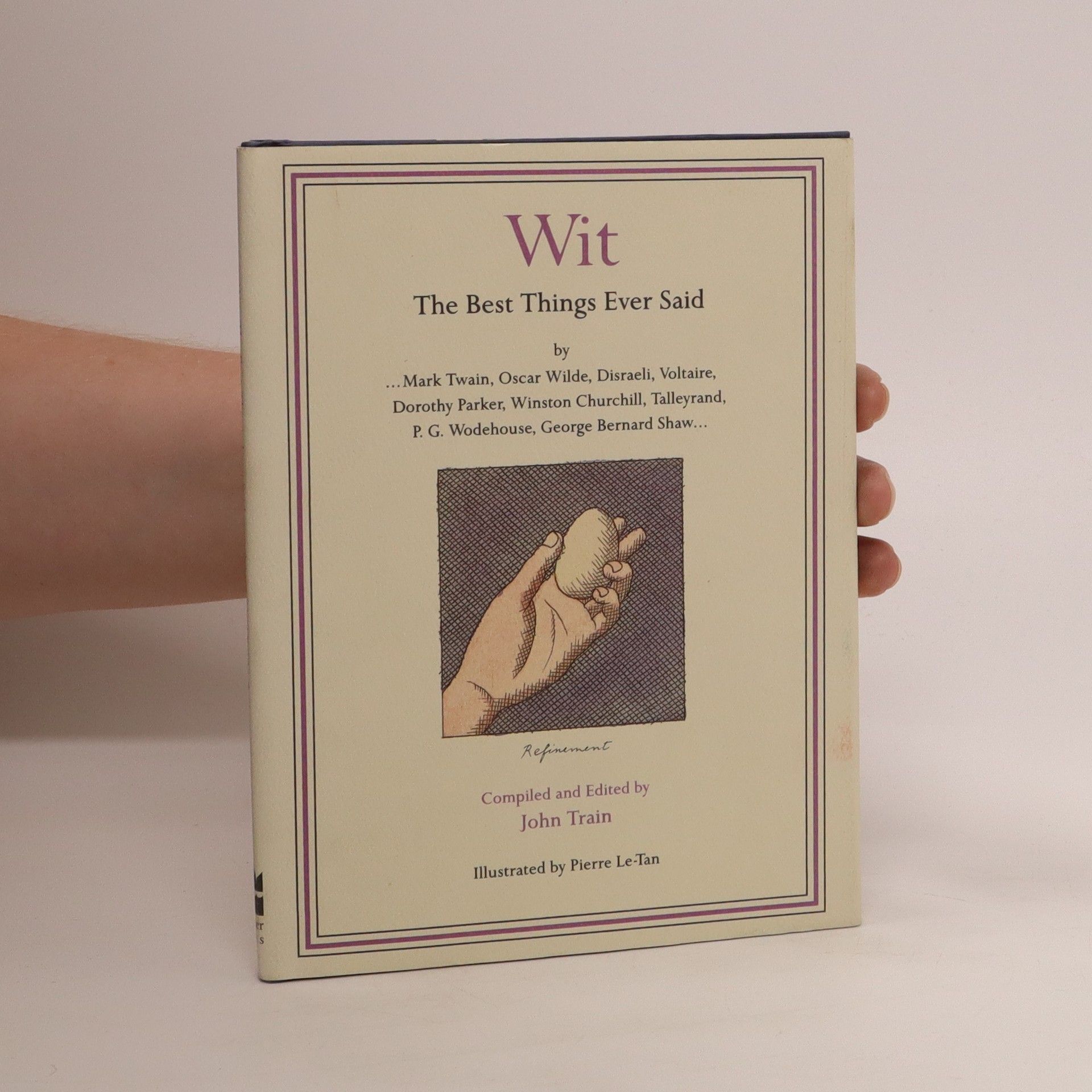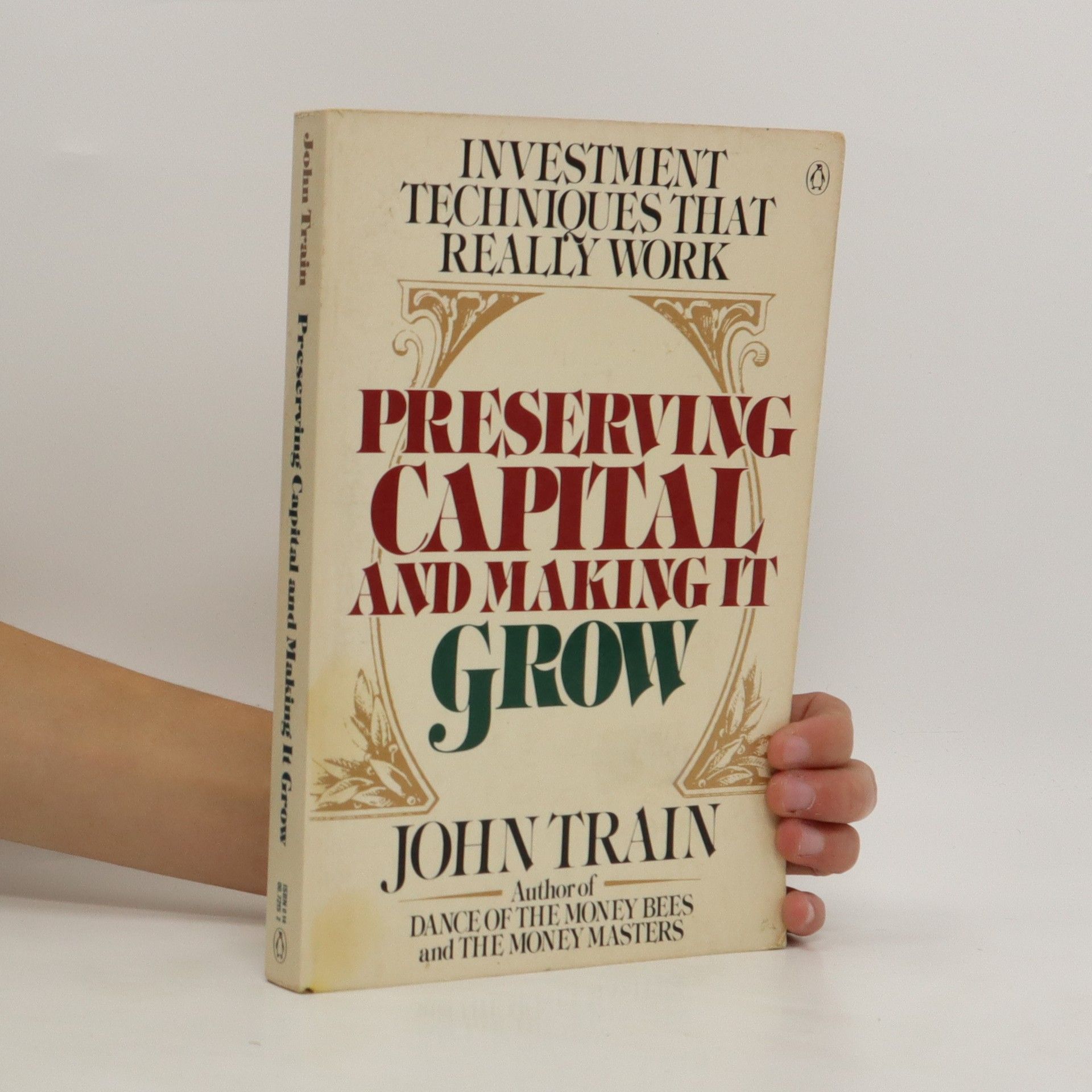The Craft of Investing
GROWTH AND VALUE STOCKS EMERGING MARKETS FUNDS RETIREMENT AND ESTATE PLANNING
- 228 pages
- 8 hours of reading
Renowned for its insightful analysis, this book stands out as a significant contribution to the investment field. It offers a fresh perspective on investment strategies and market dynamics, making complex concepts accessible to both novice and experienced investors. The author combines practical advice with thorough research, providing readers with valuable tools for making informed financial decisions. Its engaging writing style and comprehensive approach have garnered widespread acclaim, positioning it as a must-read for anyone interested in enhancing their investment knowledge.






